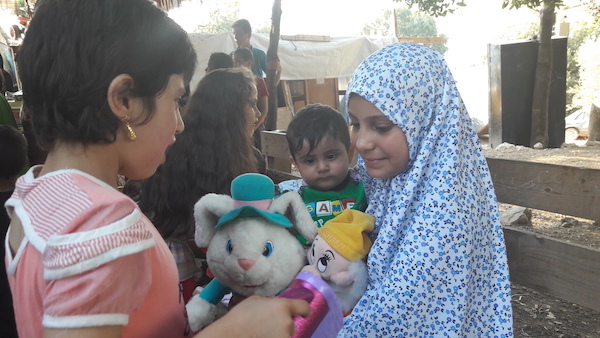It is often realistic, authentic and impactful towards action when children lead in speaking on child poverty. Further, this is often a form of empowerment towards children for they speak to the challenges they face and provide possible solutions.
 Photo Credit : Annas Linnas
Photo Credit : Annas Linnas
In light of this this, our partner, Annas Linas (a member of the Global Network of Religions for Children) in Lebanon, had a session with 21 children in commemorating the International Day for the Eradication of Poverty. The session; with the theme: Together to empower children to eradicate poverty, which took place in November, sought to have children talk about poverty while suggesting plausible solutions to the scourge.
The children, mostly from Lebanon, Syria and Palestine underscored the poverty situation in the region. They lamented about closure of some educational facilities rendering them receive none or insufficient education. They also decried the economic situation in the region saying that it had led to most of their parents and caregivers lack incapable of providing some basic necessities to them such as food, clothing and educational requirements including school fees.
The children, of between 8 – 16 years, together with Annas Linas and other 5 caregivers suggested some vocational training in sewing, painting and beauty to most of the caregivers in the region. Such training would offer them skills to set up businesses from which they gain financial support for the children, hence getting them out of poverty.
With such sessions as Annas Linas, children get empowered by being able to speak about the challenges they face especially poverty and also provide solution from their point of view. This fits within the Convention on the Rights of the Child (CRC) which calls for children to be given platform to freely speak about issues and be heard. This is also in line with the 10 commitments on ending violence against children, declared by faith communities in Panama in 2017.


